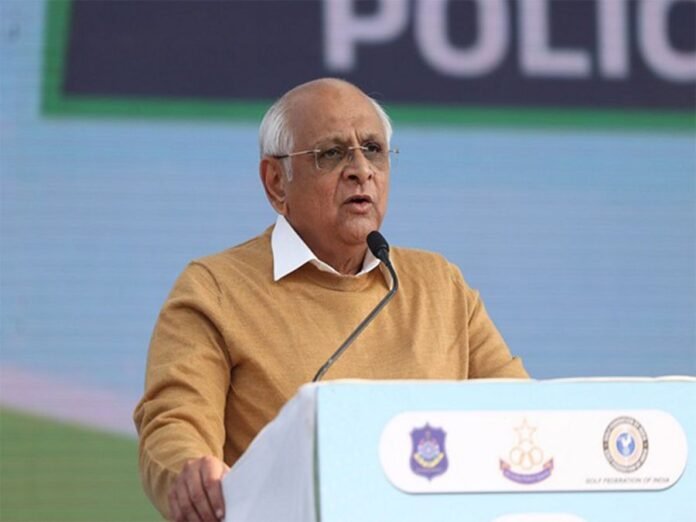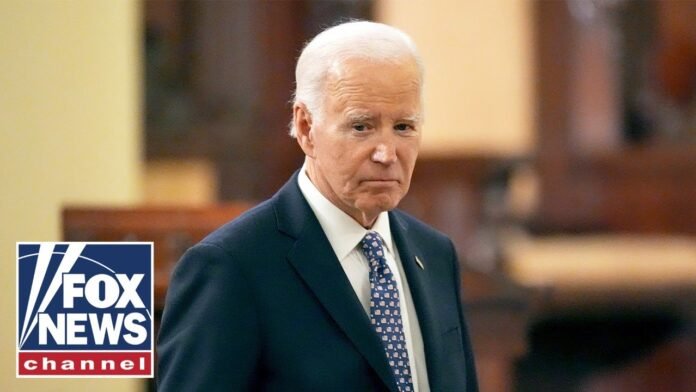Gandhinagar, Gujarat – On October 11, the state marked the start of Vikas Saptah, a nine‑day festival that celebrates 24 years of Prime Minister Narendra Modi’s service to the nation. The celebration runs until October 15, with Urban Development Day falling on October 12, according to the Gujarat Chief Minister’s office.
The Gujarat government says Modi’s leadership has driven remarkable urban growth. First as Gujarat’s Chief Minister and later as India’s Prime Minister, Modi helped transform the state’s cities and infrastructure. Now, under Chief Minister Bhupendra Patel, Gujarat is pushing further, calling 2025 the “Urban Development Year” to fast‑track world‑class cities.
Transport is the backbone of this progress. Gujarat boasts wide, well‑maintained roads, a modern railway network, and international airports, making it easy for citizens to travel within the state and beyond. Modi’s road initiatives, such as Pragati Path, Vikas Path, Pravasi Path, and Kisan Path, have improved connectivity across tribal areas, urban centers, tourist spots, and rural markets.
New overbridges and underbridges are sprouting everywhere. The Sudarshan Setu bridge, linking Dwarka and Bet Dwarka, opened in February 2024 and eased travel between the two towns. Major highways are in the pipeline as well: the Jamnagar‑Bhatinda Highway, Vadodara‑Mumbai Expressway, and Porbandar‑Dwarka National Highway are all underway. The recent budget announced two greenfield expressways: the 430 km Namo Shakti Expressway from Deesa to Pipavav (costing ₹36,120 crore) and the 680 km Somnath‑Dwarka Expressway (costing ₹57,120 crore). Both will link key cities like Ahmedabad, Rajkot, and surrounding areas of Dwarka with faster roads.
In rural areas, the Pradhan Mantri Gram Sadak Yojana built 15,330 km of roads and 88 bridges across 3,048 villages, helping more than 2 million people. Meanwhile, the Mukhyamantri Gram Sadak Yojana added 52,224 km of roads to 16,000 villages, improving access for about 26 million residents.
Rail eyes are set on high speed. Gujarat’s two metro systems are growing: the first phase of the Ahmedabad metro started in September 2022, and the second phase launched in September 2024. Work on the Surat metro is also progressing fast. India’s first bullet train will run between Ahmedabad and Mumbai, making these two cities the first pair to enjoy a high‑speed rail link. The Vande Bharat train, a flagship service introduced in September 2022, now runs five routes across Gujarat. Additionally, 89 stations are being modernized under the Amrit Bharat Station Scheme, with 18 new stations opened in May 2025.
Air connectivity has also thrived. Rajkot’s new Hirasar Greenfield Airport cost ₹1,405 crore and sparked commercial growth in the region. Surat International Airport is now operational, built at ₹3,400 crore. The UDAN scheme, backed by the Prime Minister, increased connectivity at airports in Bhavnagar, Jamnagar, Kandla, Keshod, Mundra, and Porbandar, making travel more accessible for local residents.
Public transport is evolving too. Gujarat’s BRTS (Bus Rapid Transit System) started under former CM Narendra Modi in Ahmedabad and now operates 350 electric buses on 16 routes, carrying about 150,000 passengers each day. Surat runs 870 buses on 67 routes, serving roughly 180,000 daily riders.
With these sweeping upgrades, Gujarat is turning into a well‑connected, rapidly growing state. The ongoing road, rail, and air projects, coupled with innovative bus services and modernized stations, position Gujarat as a model for urban development and public transport in India.
Source: aninews
Stay informed on all the latest news, real-time breaking news updates, and follow all the important headlines in world News on Latest NewsX. Follow us on social media Facebook, Twitter(X), Gettr and subscribe our Youtube Channel.



